Category: Blog
-
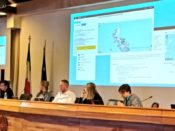
Push Messaging Big Topic at CAP Implementation Workshop
At the annual CAP (Common Alerting Protocol) Implementation Workshop in Rome, many speakers talked about how to disseminate messages on the last mile to end users. As Elyza Jones of OASIS pointed out, SMS only provides short text, is expensive and has the potential to take down the whole GSM network unless it is cell…
-
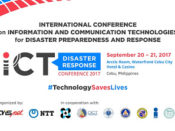
Sahana Disaster Management System Presentation in the Philippines
The Information and Communication Technology Disaster Response Conference (ICT DRC) was a 2-day event in Cebu, Philippines. The aim was to raise awareness in reducing the effects of disasters. Presenters showcased different Information and Communication Technology (ICT) solutions to serve as instruments in improving communication and response in the community. This was the first edition…
-
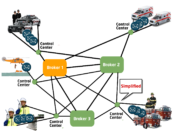
SAMBRO Usability and Acceptability Presented at CPRSouth2017
It is coming close to an year since the Sahana Alerting and Messaging Broker (SAMBRO) was operationalized in Maldives, Myanmar, and the Philippines. A challenge was for authorities, in those three countries, to coordinate warnings across disparate communication systems and autonomous organizations. The CAP-enabled SAMBRO was designed to overcome those issues by providing a Common…
-

Presenting the Open Aid Movement at Open Source Bridge
“Open source” is a method for putting intellectual property in the public domain, allowing anyone to use it however they see fit. I’m an advocate of the “open source way” because I believe that if more people shared intellectual property of all types – whether its farming techniques, software code, music, etc – then we’ll…
-
Testing our first Prototypical Pictograph Dictionary in the Philippines
We developed a prototypical pictograph dictionary and grammar around heavy rain instigated hazard events; namely ‘floods’ and ‘landslides’. This dictionary was developed from the findings gathered and analyzed from the field study in March. Sahana’s Pictographs in disaster communication project is considering two disaster communication work flows; thus, downstream “alerting” and upstream “reporting”. In alerting,…
-

Do Hazard Pictographs need Context?
What kind of pictographs are suitable to be used for natural disaster alerting? To find out, we were addressing marginalized communities with reading and writing problems in Sri Lanka and the Philippines last month which he have reported on before. Before we go back for a thorough comprehension study in May, we used the visits…
-
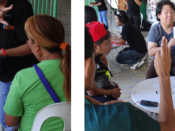
Pictograph-based Disaster Communication with Deaf Communities
After reaching out to low-literate communities in rural and urban Sri Lanka, we addressed another marginalized group in the Philippines: Deaf people. According to UNESCAP, people with disabilities have a 400% higher risk to die in hazard situations. One reason that holds especially for deaf people is the restricted access to formal education, which often…
-
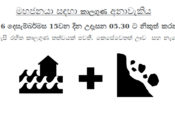
Sri Lankan low-literate communities enjoy symbology in disaster communication
In general low-literate community members, in Sri Lanka, struggled with comprehending the Sri Lanka Meteorological Services text bulletins – that is what was observed. Simpler visual indicators are easier to digest and help them with deciding on the safety and response measures they need to activate. Our aim was to understand how low-literate (or functionally…
-
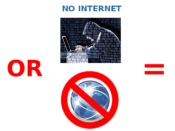
Cyber-attacks and Power-failure: Disrupters of ICT use in Warning Dissemination
We have been monitoring the accessibility of the Myanmar and Maldives SAMBRO servers. Our remote server, in Singapore, pings each of the servers every 10 minutes and logs whether the server was accessible over the Internet or not. Accessibility has been extremely poor in both countries over the past 20 days. We found out that…
-
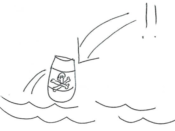
“Help, Pirates!” – Insights from a Disaster Communication Exercise with Experts
Last year, we approached a group of disaster communication experts at the 2016 CAP Implementation Workshop in Bangkok, about 60 people with a profession related to disaster management. We wanted to know how they think about pictograph based communication, what their ideas are, and how they understand pictographs in their own field of expertise. Within…
